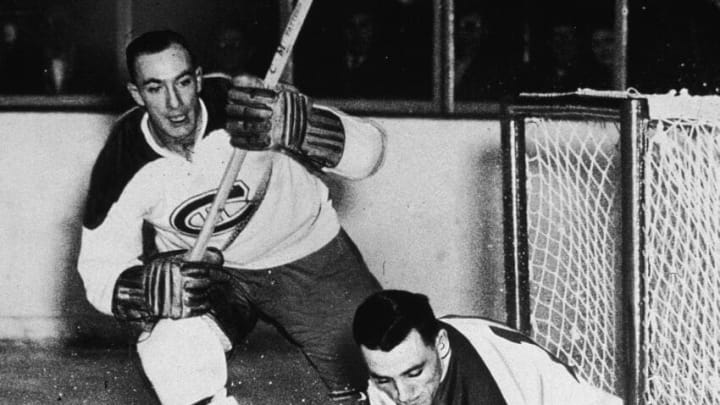
When we talk about the most significant trades in NHL history, this is usually based on the names involved in the deal or the number of players traded. We will combine the two for this tree as we look at the Jacques Plante trade tree between the New York Rangers and the Montreal Canadiens back in 1963. If you do not know who Jacques Plante was, all will be explained shortly, so buckle up.
Before we get to the deal, let’s return to the 1950s. Plante burst onto the scene and was the beginning of the Quebec goaltending factory. Over eleven seasons with the Canadiens, Pmate played in 556 games with 314 wins, 133 losses, and 107 ties. This was so long ago that save percentage was not tracked for the first three years of his career, but he had a .920 through the rest of his career with a 2.22 goals-against average.
During his time in Montreal, he won the Vezina trophy six times. This isn’t the Vezina we think of now where it’s voted on. It was what the William M. Jennings is now, given to the goaltender with the lowest goals-against average in the NHL. Plante also won the Hart Trophy as league MVP in 1961-62. However, not everything was so rosy in Montreal.
Despite being eight years away from the dawn of Ken Dryden, Montreal wanted to try and shake things up after running with the same goaltending core for a decade. This is where the New York Rangers we all know and love come into play. A star in the league was on the market, so the Blueshirts were trying to find a way to hammer out a deal for the Shawinigan Falls native.
In 1963, we have a trade to announce. Plante would be moving to New York City. This Rangers team had not seen a Stanley Cup Champion since 1940. With pressure growing to get back to the glory of the Franchise’s early days, the Rangers needed a netminder that they thought would take them to the promised land, and they picked up Plante to be that guy.
Montreal sent Plante alongside Don Marshall and Phil Goyette to the New York Rangers in exchange for Dave Balon, Leon Rochefort, Len Ronson, and Lorne Gump Worsley.
